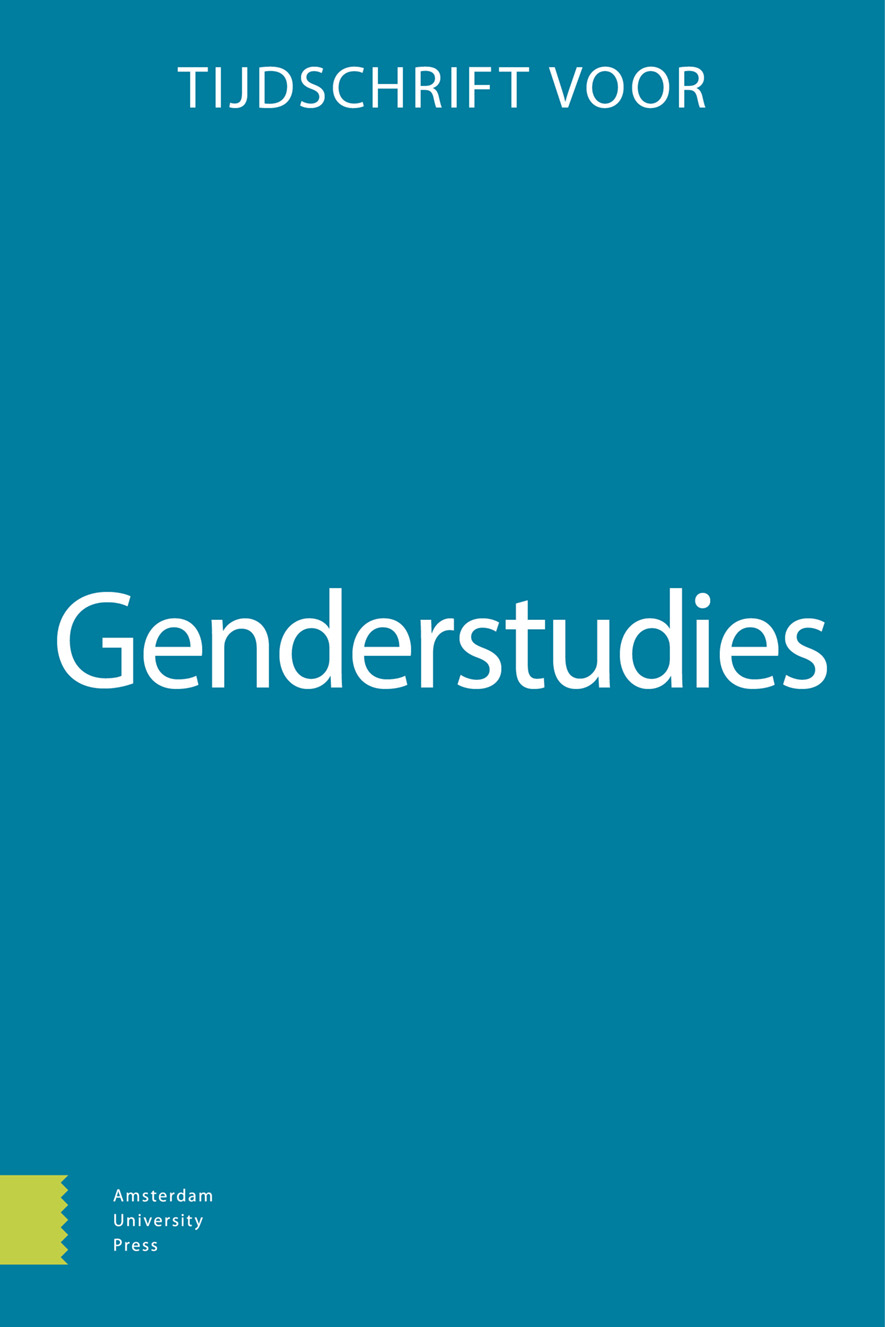- Home
- A-Z Publications
- Tijdschrift voor Genderstudies
- Previous Issues
- Volume 19, Issue 1, 2016
Tijdschrift voor Genderstudies - Volume 19, Issue 1, 2016
Volume 19, Issue 1, 2016
Language:
English
-
-
‘I’m feeling some sapphic vibes comin’ off of you.’
More LessAuthors: Alissa DeCeuninck & Alexander DhoestAbstract Female roles and sexuality on television have come a long way since the traditional representation of women as homogeneously soft, passive and (sexually) submissive. However, these representations are often still trapped in a rigid, binary framework on gender and sexuality. Representations of LGBTQ1 subjects have also become far more common, although they are still often stereotypical, while transgender Read More
-
-
-
‘On their Javanese sprout we need to graft the European civilisation’
More LessAbstract Drawing on records held in missionary and colonial archives in both Indonesia and the Netherlands, this article discusses the education of Javanese boys and girls by Dutch Catholic missionaries in the educational institutes in Muntilan and Mendut. The missionaries intended a vital role for their pupils in spreading the Catholic faith and bringing “civilisation” to the local people in Java. As such, these students were trained Read More
-
-
-
A critical look at the Gender Responsive Budgeting approach in the development discourse
More LessAbstract Whether, and how, marginalised groups can locate their voices and achieve change within mainstream development organisations is one of the driving concerns of both political scientists interested in policy development and activists seeking social improvement. In development circles, the Gender Responsive Budgeting (GRB) approach has come to be seen as an effective tool in strengthening women’s voices an Read More
-
Most Read This Month
Article
content/journals/13883186
Journal
10
5
false
en

Most Cited Most Cited RSS feed
-
-
Emancipation on thin ice
Authors: Michiel De Proost & Gily Coene
-
-
-
Editorial
Authors: Sara de Jong, Rosalba Icaza, Rolando Vázquez & Sophie Withaeckx
-
- More Less

